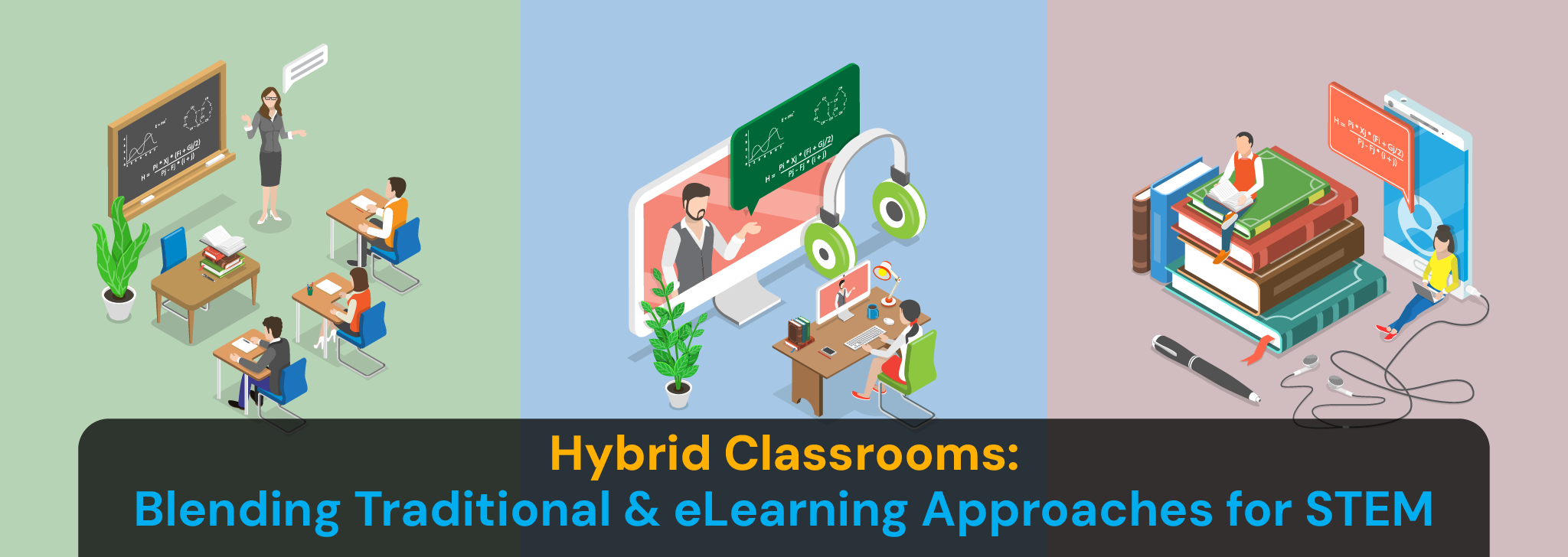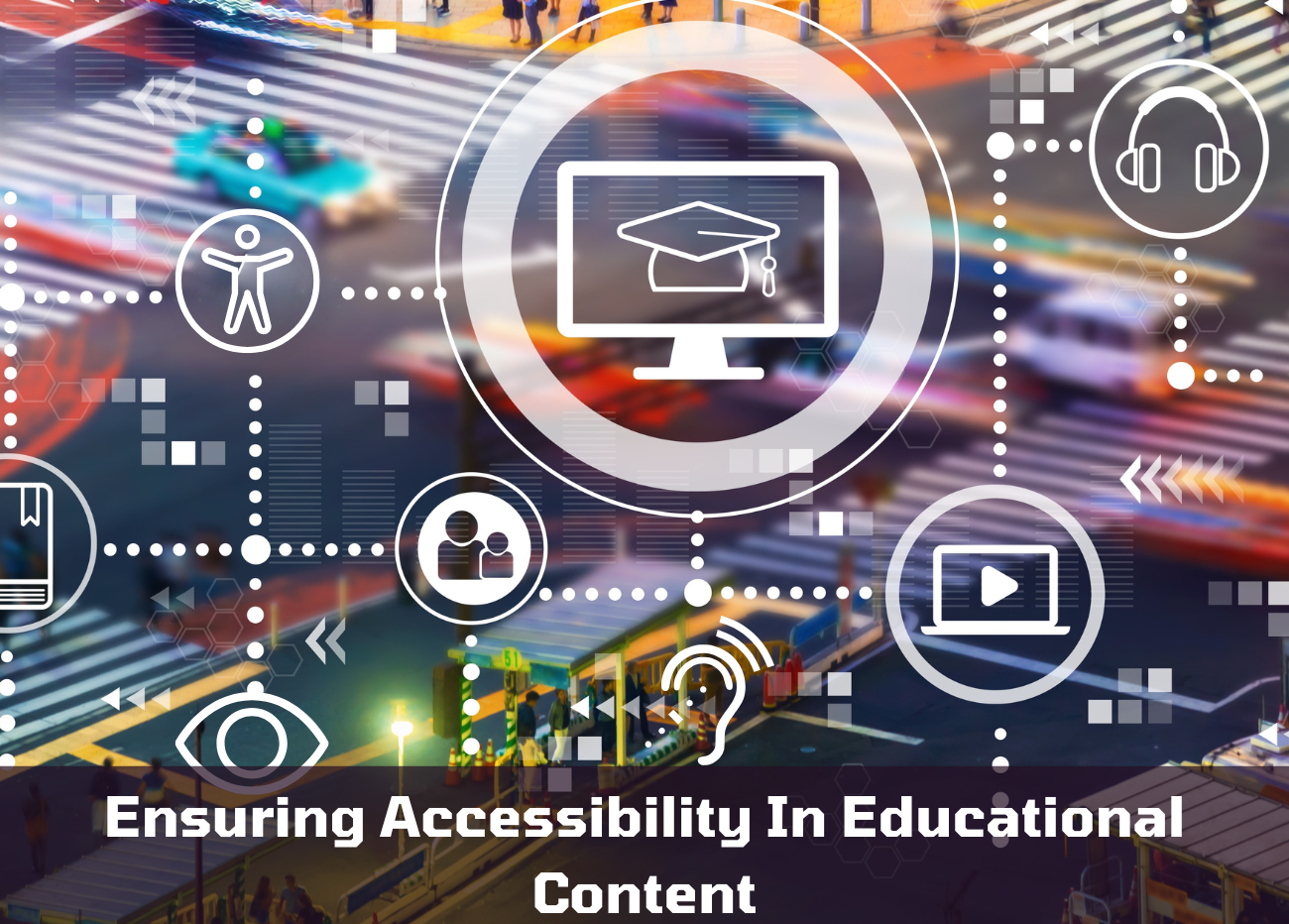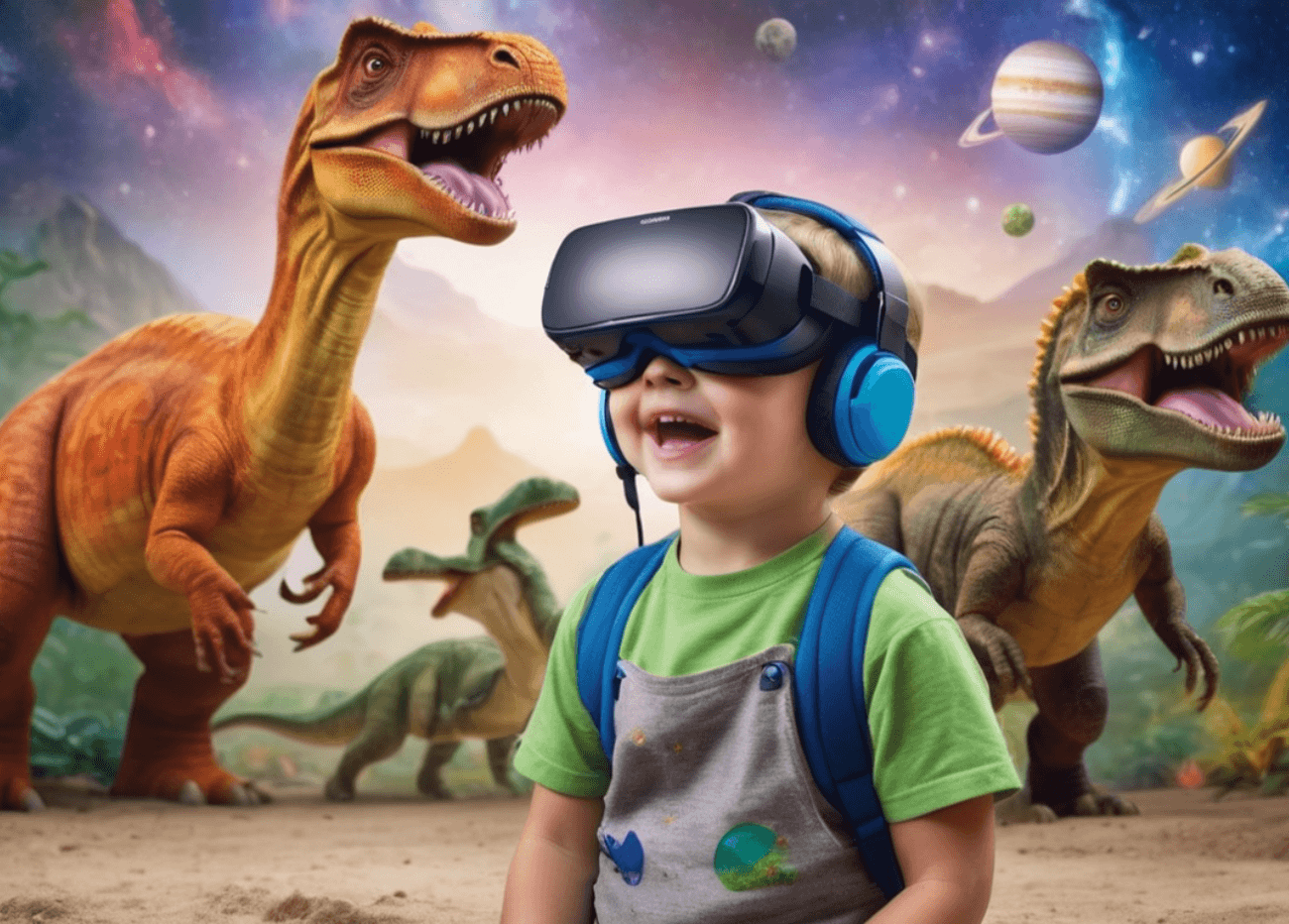Hybrid Classrooms: Blending Traditional and eLearning Approaches for STEM
STEM education is evolving rapidly, and hybrid classrooms—where traditional teaching methods merge with eLearning—are becoming the future of learning. This blended approach leverages the best of both worlds, providing students with hands-on experiences while integrating digital tools to enhance engagement and understanding.
In this blog, we explore how hybrid classrooms transform STEM education, the benefits of blending in-person and digital learning, and strategies to create an effective hybrid STEM classroom.
The Need for Hybrid Learning in STEM
Traditional STEM education has long relied on classroom lectures, textbooks, and hands-on lab experiments. While these methods are essential, they can have limitations:
- Limited Access to Labs and Equipment – Not all students have access to well-equipped science and engineering labs.
- Varying Learning Paces – Some students grasp STEM concepts quickly, while others need more time and personalized guidance.
- Geographical Barriers – Rural schools often lack specialized STEM teachers and facilities.
- Evolving Technological Skills – The workforce increasingly requires digital literacy and problem-solving skills, which digital tools can enhance.
Key Benefits of Hybrid Classrooms for STEM
1. Increased Accessibility and Flexibility
With eLearning components, students can access educational materials anytime, anywhere. Recorded lectures, interactive assignments, and online assessments allow for a self-paced learning experience, benefiting students who need extra time to grasp complex STEM concepts.2. Enhanced Engagement Through Digital Tools
Hybrid classrooms incorporate engaging technologies such as:
- Virtual and Augmented Reality (VR/AR): Allowing students to explore 3D models of molecules, conduct virtual dissections, or simulate physics experiments.
- Interactive Simulations: Helping students visualize complex theories through gamified, hands-on experiences.
- AI-driven Learning Platforms: Providing personalized feedback and recommendations based on student progress.
3. Hands-On Learning in Both Physical and Virtual Environments
STEM education thrives on experimentation and problem-solving. Hybrid learning allows students to conduct physical experiments in the classroom while using online simulations to test variables they might not be able to in real life.For example, a chemistry class could:
- Perform basic chemical reactions in the school lab.
- Use a virtual chemistry lab to simulate hazardous or expensive experiments safely.
4. Real-World Collaboration and Problem-Solving
Hybrid classrooms enable students to work together beyond classroom walls. Digital collaboration tools such as Google Workspace, Microsoft Teams, or coding platforms like Scratch and Tynker allow students to:
- Work on group projects in real time.
- Connect with experts, industry professionals, and students from other schools.
- Solve real-world problems through virtual hackathons or STEM competitions.
5. Data-Driven Personalization for Better Learning Outcomes
Digital tools provide real-time analytics on student performance, helping educators tailor their teaching strategies. With adaptive learning platforms, students struggling with specific STEM topics receive targeted support, while advanced learners can access more challenging material.Best Practices for Implementing Hybrid STEM Classrooms
1. Balance Online and Offline Activities
A well-structured hybrid classroom ensures that digital tools enhance—not replace—traditional learning. Teachers can:
- Assign online simulations before an in-class discussion.
- Use flipped classroom models, where students review digital materials at home and apply them in hands-on class activities.
2. Use a Variety of Digital Resources
Incorporate different types of eLearning tools to cater to diverse learning styles. Some effective platforms include:
- For Math & Science: Khan Academy, Desmos, PhET Simulations.
- For Coding & Engineering: Code.org, Arduino, Tinkercad.
- For Collaboration: Padlet, Jamboard, Miro.
3. Provide Training for Educators and Students
A successful hybrid STEM classroom requires digital literacy. Schools should:
- Train teachers to effectively integrate eLearning tools.
- Ensure students understand how to use digital platforms responsibly.
4. Ensure Equal Access to Technology
Hybrid learning should not widen the digital divide. Schools can:
- Provide loaner devices or mobile-friendly learning options.
- Partner with local organizations for internet access support.
The Future of Hybrid Learning in STEM
As technology continues to evolve, hybrid STEM education will become even more immersive, interactive, and personalized. Future trends include:
- AI-driven tutoring systems for personalized learning.
- More advanced VR/AR applications for experiential STEM education.
- Global classroom collaborations through cloud-based platforms.
Hybrid classrooms are revolutionizing STEM education by combining the strengths of traditional learning with the flexibility and innovation of eLearning. By implementing well-balanced strategies, educators can create dynamic, inclusive, and engaging STEM experiences that prepare students for the future.
Are you ready to embrace hybrid learning in your STEM classroom? Let’s accelerate the future of education together!
- Debdut Pramanickhttps://www.mitrmedia.com/resources/blogs/author/debdutp/
- Debdut Pramanickhttps://www.mitrmedia.com/resources/blogs/author/debdutp/
- Debdut Pramanickhttps://www.mitrmedia.com/resources/blogs/author/debdutp/
- Debdut Pramanickhttps://www.mitrmedia.com/resources/blogs/author/debdutp/




